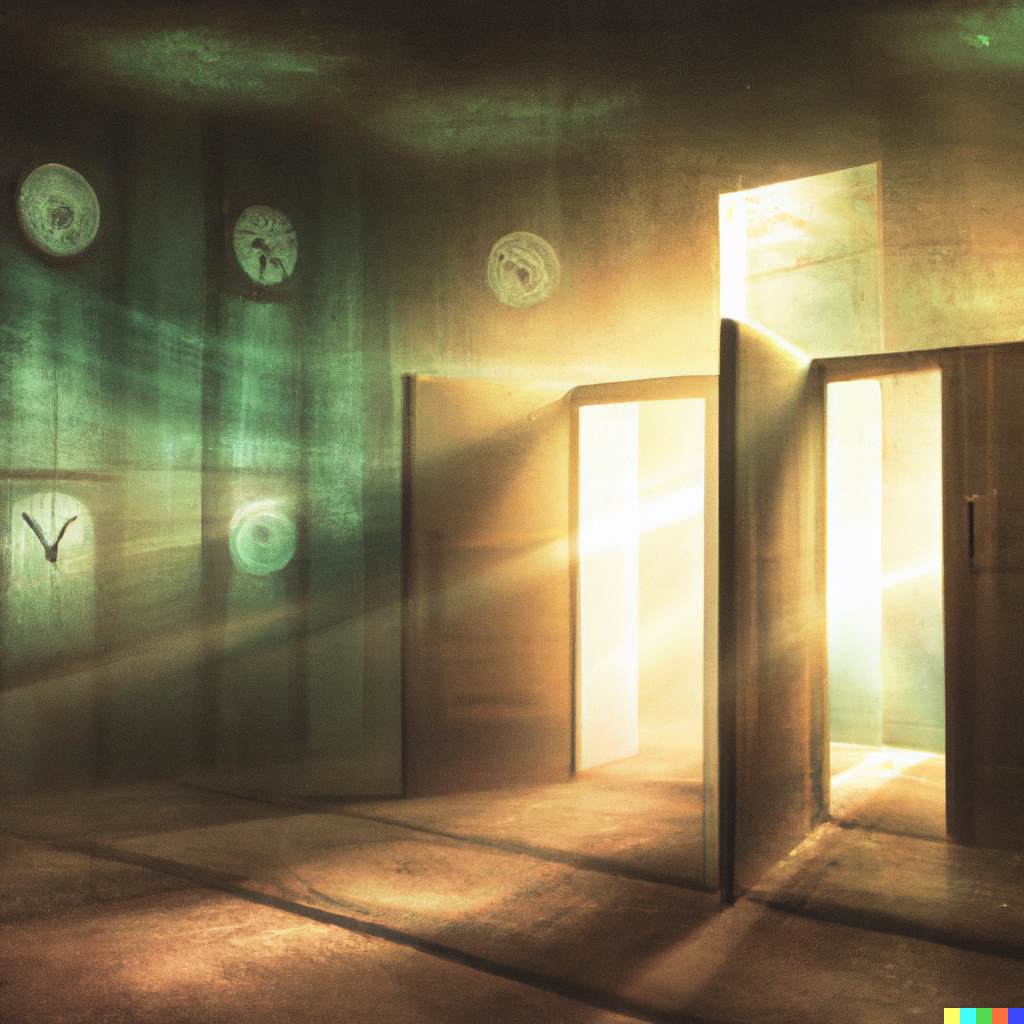On imaginaries and speculative design
Thoughts on imaginaries and speculative design

Introduction
Imaginaries and speculative design are two related concepts that are increasingly being used in urban planning and policymaking to envision and plan for the future of cities and communities. Imaginaries refer to the shared visions and narratives that shape our understanding of the world and guide our actions, while speculative design involves the creation of prototypes and scenarios that explore alternative futures.
Description of imaginaries and speculative design
Imaginaries are the shared narratives, images, and symbols that shape our understanding of the world and our place in it. They are influenced by a variety of factors, including cultural traditions, historical experiences, and contemporary media. Imaginaries can be positive or negative, and they can either support or hinder the development of new ideas and initiatives.
Speculative design involves the creation of prototypes, scenarios, and artifacts that explore alternative futures. It is a process of imagining and designing new possibilities that challenge existing assumptions and norms. Speculative design often involves the use of emerging technologies and materials, as well as the exploration of new social, cultural, and political contexts.
Importance of imaginaries and speculative design for envisioning the future
Imaginaries and speculative design are important for envisioning the future because they allow urban planners and policymakers to explore new possibilities and challenge existing assumptions. They can help to identify new opportunities for innovation and collaboration, and they can inspire citizens and stakeholders to imagine and create a better future.
Imaginaries and speculative design can also be used to generate new insights into the challenges and opportunities that face cities and communities. By exploring alternative futures, urban planners and policymakers can gain a better understanding of the complex systems and processes that shape urban environments, and they can develop more informed and effective strategies for addressing these challenges.
Using imaginaries and speculative design for envisioning the future
Imaginaries and speculative design can be used in several ways to envision the future of a city or community. One approach is to create scenarios and prototypes that explore alternative futures and challenge existing assumptions. For example, a speculative design project might involve the creation of a prototype for a new transportation system that uses drones to transport goods and people.
Another approach is to use imaginaries to shape the narratives and symbols that guide urban planning and policymaking. This can involve the creation of new stories and images that inspire citizens and stakeholders to imagine and create a better future. For example, a city might develop a new narrative around sustainability that emphasizes the benefits of renewable energy, green spaces, and community resilience.
Imaginaries and speculative design can also be used as a tool for community engagement and participation. By involving citizens and stakeholders in the design process, urban planners and policymakers can ensure that their visions of the future are more inclusive and responsive to the needs and aspirations of the community.
Conclusion
Imaginaries and speculative design are powerful tools for envisioning and planning for the future of cities and communities. They allow urban planners and policymakers to explore new possibilities, challenge existing assumptions, and generate new insights into the challenges and opportunities that face urban environments. By using imaginaries and speculative design, urban planners and policymakers can create more inclusive and responsive planning and policymaking processes that inspire citizens and stakeholders to imagine and create a better future.